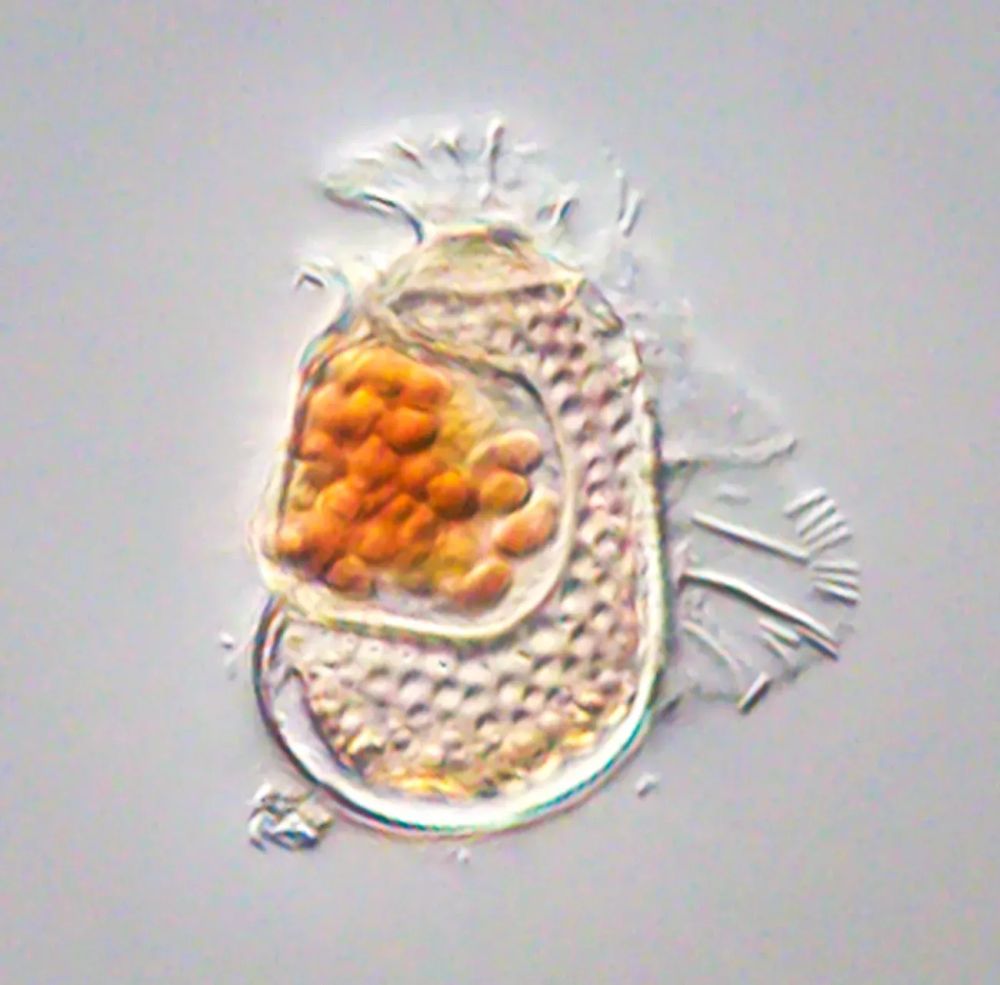






Tune in to the Quanta Podcast:

Tune in to the Quanta Podcast:




www.quantamagazine.org/a-new-bridge...
.

www.quantamagazine.org/a-new-bridge...
.



🧵
🧵









Tune in to the Quanta Podcast: podcasts.apple.com/us/podcast/g...
Tune in to the Quanta Podcast: podcasts.apple.com/us/podcast/g...


